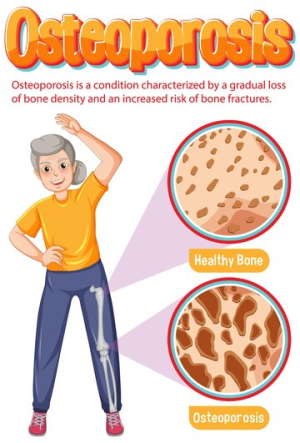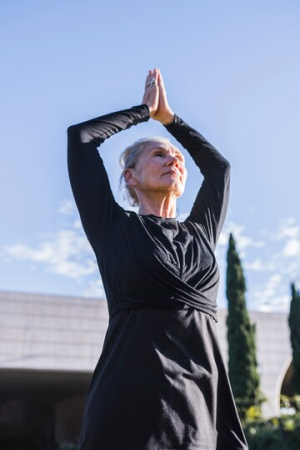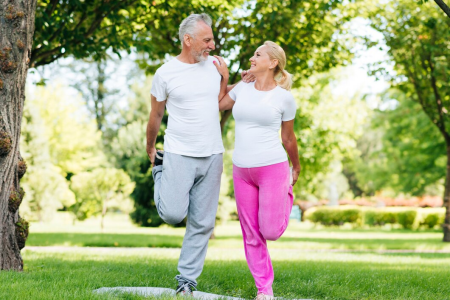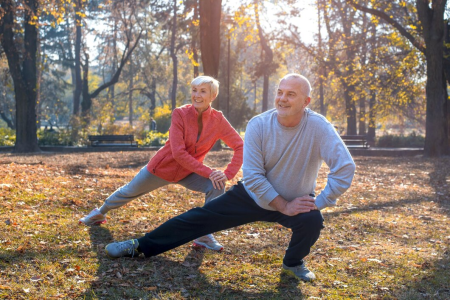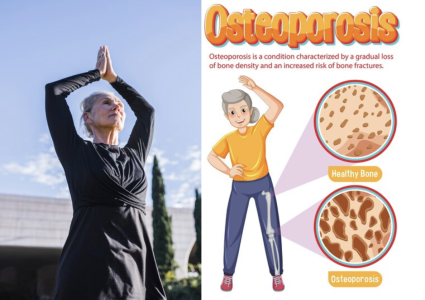How Resistance Training Could Transform Your Health After 60
- Replies 1
As we age, it's natural for our bodies to slow down. Muscle mass decreases, bones lose density, and fitness levels decline. But new research shows there is hope - resistance training may be the simple solution to turning back the hands of time.
'Resistance training is extremely beneficial for seniors to improve overall health and wellbeing,' says Jenni Burns, a certified personal trainer who specialises in senior fitness. 'It can help prevent many natural ageing processes and even reverse some effects.'
Our bodies experience sarcopenia, a gradual loss of skeletal muscle mass, as early as our 30s. This becomes more pronounced after 60. 'Resistance training forces your body to build new muscle fibres and tissue to repair microtears in the muscles,' explains Burns.
Simple exercises like bodyweight squats, bicep curls using water bottles, and seated rows with resistance bands can make a big difference. Doing just two or three 30-minute sessions per week is enough to see results.
Burns shares the story of Ron, 68, who started basic exercises in his home 3 times a week. 'Within 6 months he noticed an improvement in balance and energy levels. A year later he feels 10 years younger.'
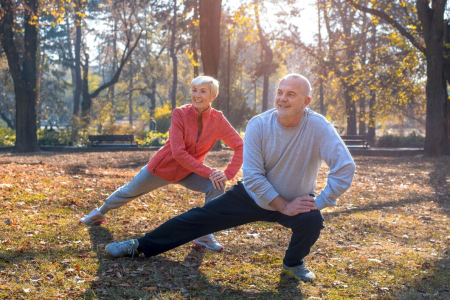
Along with muscle, our bones also weaken with age. Osteoporosis affects millions causing bones to become brittle and break more easily. 'Placing stress on bones through lifting or pushing forces the body to build them back stronger,' Burns explained. Exercises like calf raises and chest presses are gentle on joints but strengthen skeletons.
Quality of life improvements go beyond physical health. 'Seniors who stick with resistance training often tell me it boosted their mood and sense of achievement,' adds Burns. Staying active through challenges like lifting heavier weights is mentally stimulating and reduces stress.
So whether using dumbbells at home or joining a senior-focused gym, resistance training could be the fountain of youth we've all been searching for. Consistency is key to ward off effects of ageing and feel better than ever in your 60s, 70s and beyond!

Before you start on your resistance training journey, first things first - seek professional guidance. Having a healthcare professional or a certified personal trainer who can assess your physical capabilities and limitations. Gradual progression is key in resistance training. Starting with bodyweight exercises like squats or modified push-ups and slowly incorporating light weights or resistance bands into the routine can make the transition smoother. Sticking to a pace that suits you is the best way to build up strength and endurance without overwhelming your body.
Prioritise warming up before each workout and cooling down afterwards. These steps may seem small, but they are crucial to prepare your muscles and hence, reduce the risk of injury. Burns suggests stretching routines, light cardio, or even walking for several minutes as fantastic ways to get the body warmed up for resistance training.
Remember to listen to your body. If certain exercises cause discomfort or pain, it's important to stop and seek guidance. You should never feel pressured to perform an exercise that doesn't feel right. Starting a resistance training program in your senior years can seem challenging, but with the correct guidance and approach, the benefits far outweigh the initial fears. It’s a journey towards not just physical transformation, but also improved mental wellbeing and confidence. Do you do any resistance training members? Or maybe you move your body in different ways? Let us know what you do in the comments below! And remember, never change your exercise or diet without first consulting a medical professional.
'Resistance training is extremely beneficial for seniors to improve overall health and wellbeing,' says Jenni Burns, a certified personal trainer who specialises in senior fitness. 'It can help prevent many natural ageing processes and even reverse some effects.'
Our bodies experience sarcopenia, a gradual loss of skeletal muscle mass, as early as our 30s. This becomes more pronounced after 60. 'Resistance training forces your body to build new muscle fibres and tissue to repair microtears in the muscles,' explains Burns.
Simple exercises like bodyweight squats, bicep curls using water bottles, and seated rows with resistance bands can make a big difference. Doing just two or three 30-minute sessions per week is enough to see results.
Burns shares the story of Ron, 68, who started basic exercises in his home 3 times a week. 'Within 6 months he noticed an improvement in balance and energy levels. A year later he feels 10 years younger.'

Resistance training is not only good for your health, it can also be a bonding activity with loved ones! Image: Freepik.
Along with muscle, our bones also weaken with age. Osteoporosis affects millions causing bones to become brittle and break more easily. 'Placing stress on bones through lifting or pushing forces the body to build them back stronger,' Burns explained. Exercises like calf raises and chest presses are gentle on joints but strengthen skeletons.
Quality of life improvements go beyond physical health. 'Seniors who stick with resistance training often tell me it boosted their mood and sense of achievement,' adds Burns. Staying active through challenges like lifting heavier weights is mentally stimulating and reduces stress.
So whether using dumbbells at home or joining a senior-focused gym, resistance training could be the fountain of youth we've all been searching for. Consistency is key to ward off effects of ageing and feel better than ever in your 60s, 70s and beyond!
Key Takeaways
- Resistance training is important for increasing muscle mass, improving bone density, boosting metabolism and overall general well-being among seniors.
- Resistance training helps to prevent osteoporosis – a condition in which bones lose mass and density, leading to frailty and increased risk of falls, fractures, and breaks.
- The article highlights the benefits of resistance training over cardio for seniors, as it is more effective for improving muscle strength and can better improve balance and coordination.
- The article recommends that seniors should engage in resistance training two to three times a week, for twenty to thirty minutes at a time, and outlines the importance of getting professional help to ensure the right forms and techniques are being used.
Before you start on your resistance training journey, first things first - seek professional guidance. Having a healthcare professional or a certified personal trainer who can assess your physical capabilities and limitations. Gradual progression is key in resistance training. Starting with bodyweight exercises like squats or modified push-ups and slowly incorporating light weights or resistance bands into the routine can make the transition smoother. Sticking to a pace that suits you is the best way to build up strength and endurance without overwhelming your body.
Prioritise warming up before each workout and cooling down afterwards. These steps may seem small, but they are crucial to prepare your muscles and hence, reduce the risk of injury. Burns suggests stretching routines, light cardio, or even walking for several minutes as fantastic ways to get the body warmed up for resistance training.
Remember to listen to your body. If certain exercises cause discomfort or pain, it's important to stop and seek guidance. You should never feel pressured to perform an exercise that doesn't feel right. Starting a resistance training program in your senior years can seem challenging, but with the correct guidance and approach, the benefits far outweigh the initial fears. It’s a journey towards not just physical transformation, but also improved mental wellbeing and confidence. Do you do any resistance training members? Or maybe you move your body in different ways? Let us know what you do in the comments below! And remember, never change your exercise or diet without first consulting a medical professional.
Attachments
Last edited by a moderator:


